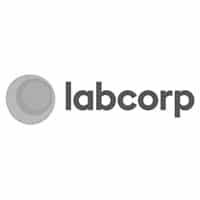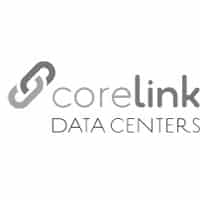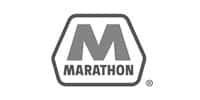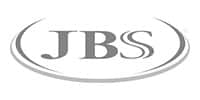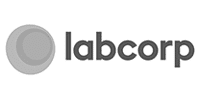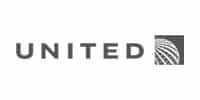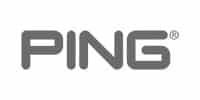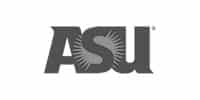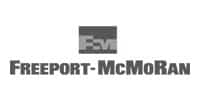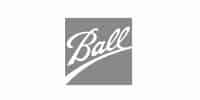In today’s modern world, protecting data from hackers and viruses has never been more important. There are many different types of data protection available on today’s market, all of which possess unique features, which can make it difficult to select the one that is right for you.
User Friendly?
When it comes to data protection products, the bottom line is ease of use. This is important because the person responsible for data protection may not be very knowledgeable or available to manage the product every day.
When selecting a data protection product, look for a system that can be managed on one user interface. The interface should be simple so that it only takes a couple of minutes to complete daily tasks. Another must is the protection product should be able to send alerts to your mobile devices and inbox with a simple, straightforward report about the recent activities and their status.
The ease of use requirement coincides well with historical reporting. If the system user understands what the solution is doing daily, then he or she will be able to understand what the system has been doing for the previous days, weeks, months and more. This feature allows for future planning with very little hands-on work. A great example of this is if there is a report of growth for the last four months, the user will then be able to predict when the system will be running out of space and be able to know when they should purchase more tapes. Although simple, this example shows that data protection products should help plan for the future usage, future budgets, in addition to operating well in the present.
One of the other features that can dictate whether the solution will be easier or harder to manage is the single-server footprint versus the master/media footprint. This is the same with automatic client software updates because manually updating systems across an entire infrastructure takes time away from the IT administers.
A successful experience with data protection products should have administrative time-savings inbuilt to help reduce the cost of operations.
The Life-Cycle of Entering Data
All data is not created equal, and it shouldn’t all be stored the same way. Sometimes IT organizations will drive up the cost of storage because the treat all the data the same and store it on the same media. Things like hierarchical storage management (HSM) or long-term archive management allows for flexible data storage on different tiers and with specific policies. These types of storage systems allow for administrators to migrate and store data on the tier that is most appropriate for the data they are storing. With these types of storage, older and less frequented data can be moved to a storage platform that is slower and much less expensive, like tape, while newer and more frequented data can be moved to faster, more expensive data storage. Automated data archiving can also help in the life cycle of data by helping organizations comply with data retention policies as well as reducing cost that is incurred because of that compliance.
It is important to look for data storage systems that reduce the overall cost because of automated data life-cycle management based on policy. Also, moving data to the most appropriate tier helps an organization become cost effective while still maintaining service level requirements.
Hierarchical Storage Management (HSM)
Hierarchical storage management (HSM) is a technique to store data by automatically moving it between high-cost and low cost storage media based on the data itself. High-speed storage devices (hard disc drive arrays) are much more expensive than slower device (optical discs, magnetic tape drives). In an ideal world, all data would be available on high-speed devices all of the time, but in the real world, this is extremely expensive. HSM offers a unique solution by storing the bulk of the organizations data on slower devices and copying it to faster drives when needed. HSM monitors how and how frequently data is used, and ‘decides’ which data should be moved to slower drives and which should stay on the faster drives. Data files which are used frequently are stored on fast drives, but will eventually be migrated to a slower drive (like tape) if they aren’t used for a certain period of time. The biggest advantage to HSM is that the total amount of data stored can actually be much larger than the capacity of the high speed disk storage available.
Virtualization
The technology surrounding virtualization has drastically helped IT organizations of every size reduce their costs. It has done this by reducing application provisioning times and improving server utilization. These cost reductions, however, can disappear quickly when faced with a virtual machine sprawl. Also, the connection between physical and logical devices becomes very hard to track and map, creating a virtual environment that is more complex than has ever been seen before. In these complex virtual environments, backing up and restoring data can become very difficult. For example, restoring and backing up data for a group of virtual machines that reside in one physical server can make all other operations running off of that server stop completely, including data protection services.
Data Reduction
Data reduction technology is the first line of defense against the volumes and cost of data that is rapidly expanding. Solutions to this problem include progressive-incremental backup, data compression, and data deduplication. These things can help organizations to reduce their backup storage capacity by as high as 95 percent. Efficient tape management and utilization can also help reduce data storage capacity requirements.
Selecting a data protection service can be arduous, but if you understand the services offered and which are most useful to you, the selection will be much easier.


